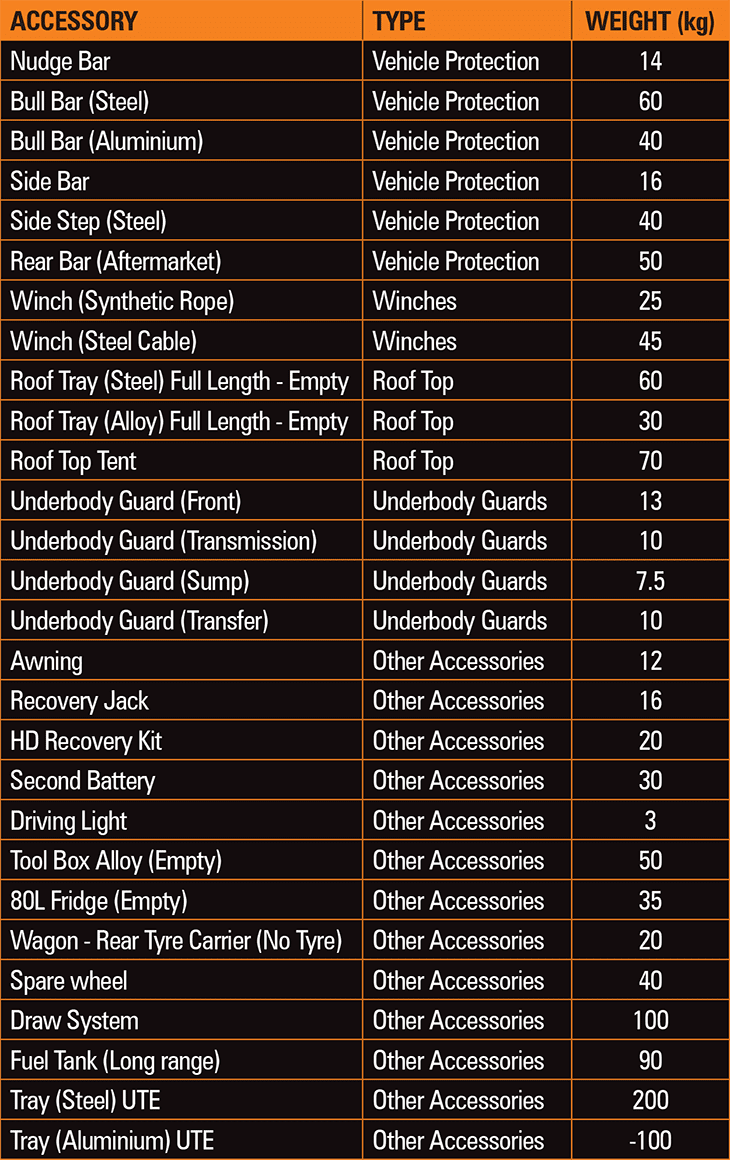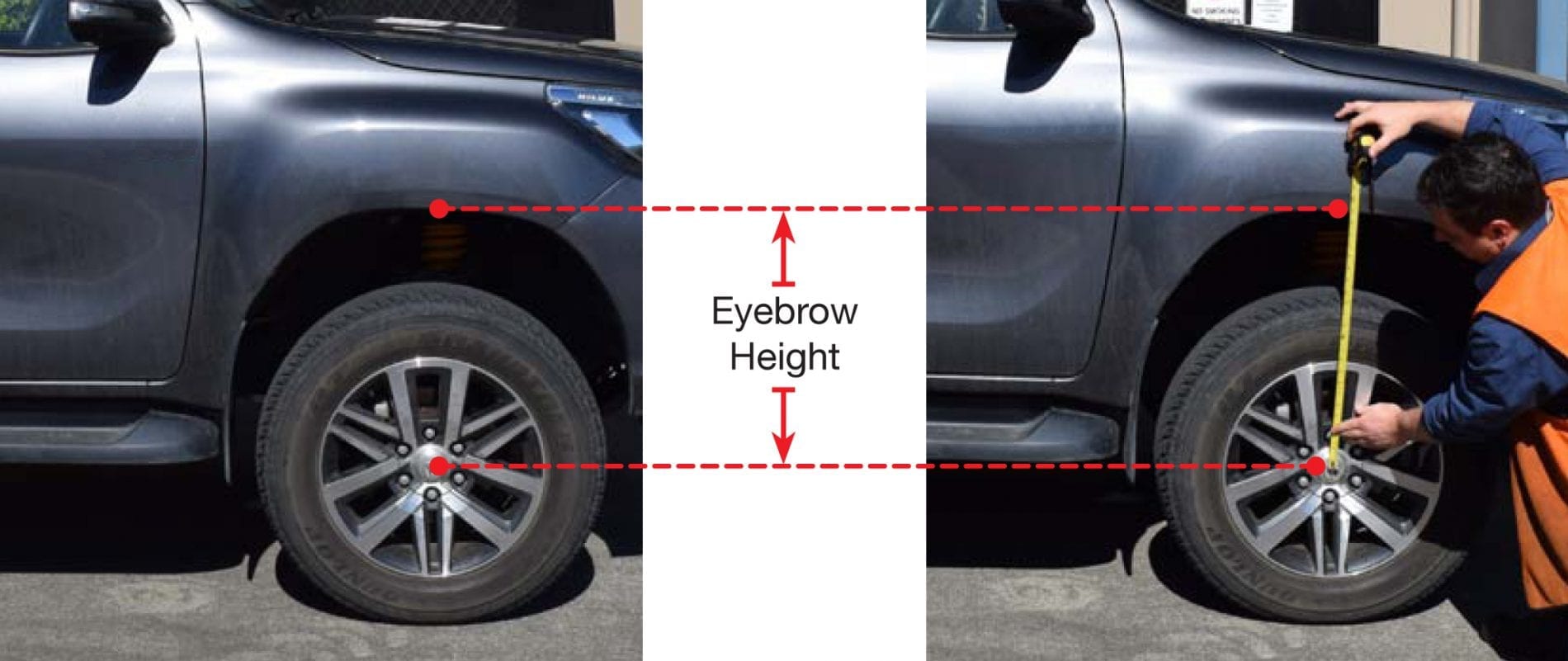Q: What are the benefits of fitting a lift kit?
A: Apart from looks, raising your vehicle allows for larger tyres to be fitted increasing ground clearance of the underbody of the vehicle, as well as improving approach and departure angles.
A RAW 4×4 suspension kit is a more customised solution for your vehicle in terms of load requirements, comfort and control.
Q: How should I set up my suspension?
A: The best advice that we can give is to set your 4×4 up for what you are going to use it for 80% of the time. It’s all about compromise and getting a kit that suits the main purpose of the vehicle.
Installing a heavy duty suspension kit for a once off trip will make the ride of your vehicle very hard when it is not loaded and sit too high which can have a negative effect on other suspension components.
Towing
If you are towing a caravan or a boat trailer occasionally, an air bag set up is a better compromise than specing up extra heavy duty coils. Otherwise you can expect a harsh ride and have your vehicle sit high in the rear when the trailer is not hitched.
Trade
In the case of mining or tradesman vehicle a heavy duty set up is better suited for a constant load. If the factory tub has been replaced by a steel or alloy tray take this weight factor into account when adding up the kilos in tool boxes, tools and equipment.
On off-road vehicles, such as the Toyota Landcruiser 79 series, RAW 4×4 have multiple load rated springs to best suit your load carrying requirements.
Q: Should I spec my springs up for accessories I have on the vehicle now or plan to buy in the future?
A: Always select the springs for the accessories that you currently have fitted to your 4WD.
If you plan on fitting a bull bar and winch we recommend that you hold off on fitting the suspension until after these accessories have been fitted.
This also applies for the rear of the vehicle as well, when load bearing accessories are going to be fitted. This includes accessories such as:
- Tool boxes
- Draw systems
- Canopies
- Long range fuel & water tanks
Q: What do my accessories roughly weigh?
A: Accessories vary in weight depending on the manufacturer and the purpose of the accessories. We have put together a list below of what an average accessory would weigh (please note this is for guidance purposes only).

Q: How high can I raise an IFS front end?
A: Most 4WD’s coming off the production line these days are fitted with an independent front end suspension (IFS) The most common type is a coil mounted on a strut. This type of suspension offers a good compromise of on road and off road handling and articulation.
Due to the nature of the design you are limited to a 40 mm – 50 mm lift in the front end with most lift kits. To go higher than this a large investment in an expensive specialised kit is required and in certain states will need to be signed off by a certifying engineer to be legally registered & insured.
Q: The front of my 4WD sits slightly lower at the front than the rear?
A: This is known as the vehicle rake and has been designed in by the manufacturer of the vehicle. This will be normally the case when the vehicle is unloaded. This compensates for when you load up the vehicle with a full tank of fuel, 3 passengers and a load. At this stage the vehicle will be sitting reasonably level and at night the head lights will be pointing at the road (not the trees or in the face of oncoming vehicles).
Q: What is eyebrow height and how do I measure it on my 4WD?
A: Ride height (also known as eyebrow height) is the height that your vehicle is sitting at. It is a very important parameter as it has a direct influence on a vehicle’s centre of mass (centre of gravity) and hence its stability and performance. This measurement is important because the law sates that you can not raise or lower your vehicle more than 50mm without an engineering certificate (for more information refer to VSB 14).
Measuring ride height is easy, before taking measurements make sure that the vehicle is on a flat surface and is loaded to its standard conditions. Measure the distance from the top centre point of the guard to the centre of the wheel (see example below)
